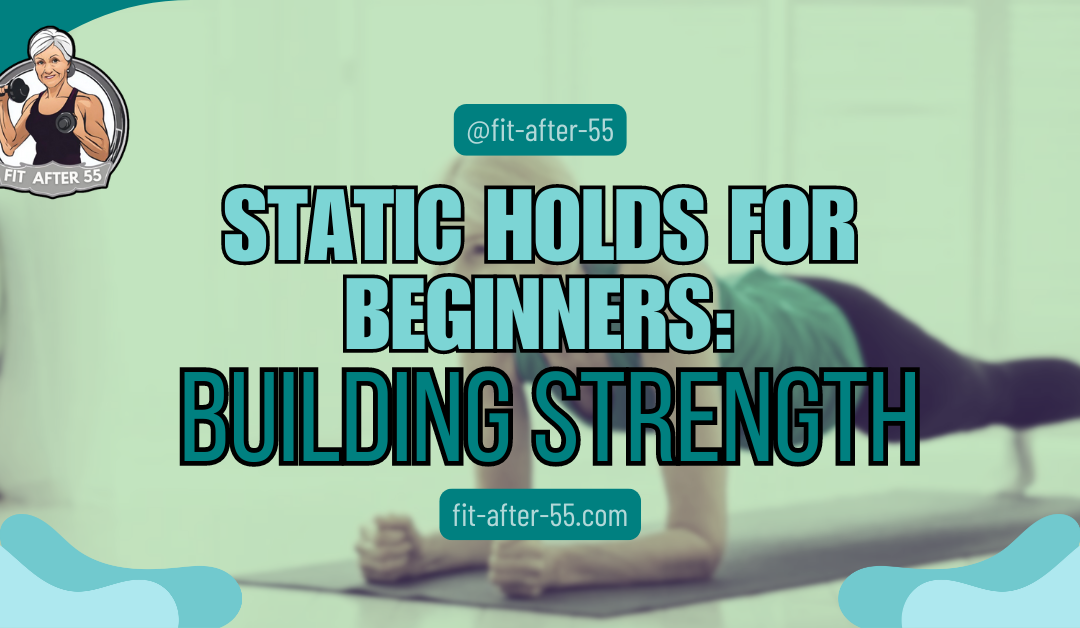Static holds for beginners have been a game-changer in my fitness journey. From a time when I struggled with strength and endurance, I’ve discovered the power of these seemingly simple exercises. Whether you’re a seasoned athlete or just starting your fitness adventure, static holds offer a valuable tool to build strength, improve stability, and enhance overall well-being.
In this guide, I’ll share my personal experiences and insights on static holds, providing you with the knowledge and motivation to incorporate them into your own fitness routine. We’ll explore the benefits, techniques, and progressions of various static hold exercises, ensuring that you have a solid foundation to build upon.
Static Holds for Beginners: A Step-by-Step Guide to Building Strength and Stability
Static holds are a simple yet powerful way to build strength and muscle. These exercises involve holding a position without moving, which can help improve your overall fitness. Static holds keep your muscles under tension for longer periods, leading to better muscle growth and strength gains.
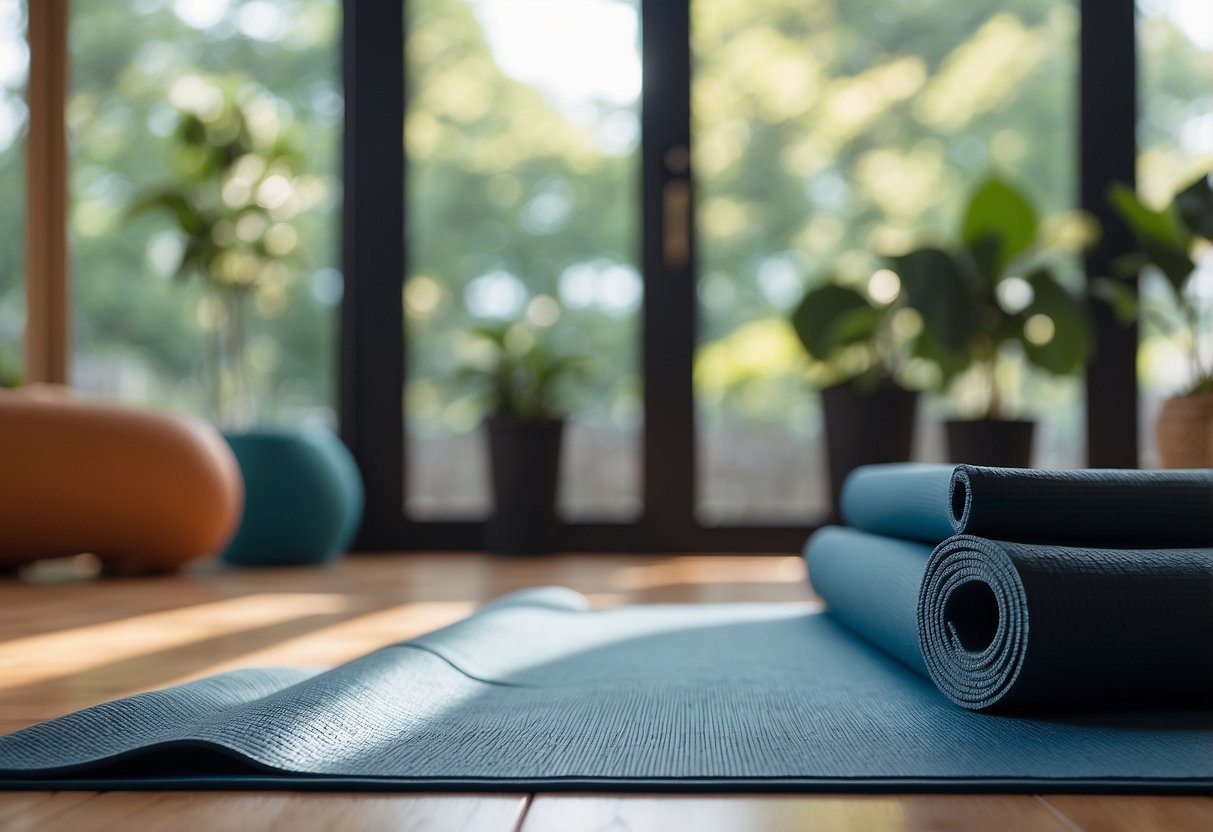
You don’t need fancy equipment to start with static holds. Many exercises can be done using just your body weight. As you get stronger, you can add weights to make the holds more challenging. Static holds are great for beginners because they’re easy to learn and can be adjusted to fit your fitness level.
Ready to give static holds a try? This guide will walk you through the basics and show you how to get started. You’ll learn about different types of static holds, how to do them safely, and how to make them part of your workout routine.
Key Takeaways
- Static holds can boost your strength and muscle growth with simple, easy-to-learn exercises
- You can start with body weight exercises like planks and wall sits before moving to weighted holds
- Proper form and gradual progression are key to getting the most out of static holds and avoiding injury
Understanding Static Holds
Static holds are exercises where you maintain a fixed position without movement. They build strength and endurance by keeping muscles under tension. These isometric exercises can be done with bodyweight or added resistance.
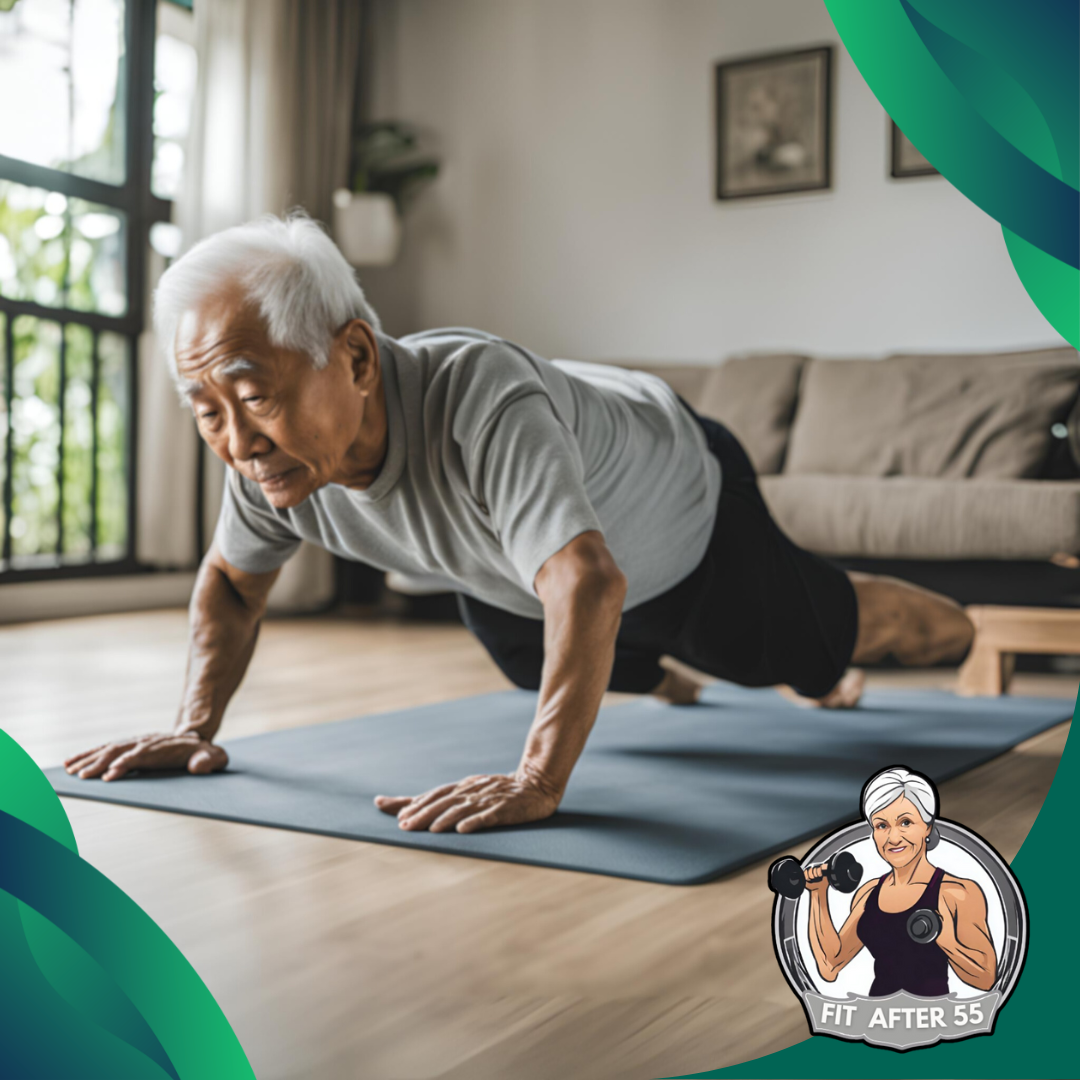
Benefits of Static Holds
Static holds build muscle and strength. They improve endurance by keeping muscles contracted for longer periods. This leads to muscle breakdown, which helps you get stronger when you recover.
Static holds boost your mind-muscle connection. You focus on specific muscles as you hold a position. This can improve your form in other exercises.
These exercises are great for beginners. They’re simple to learn and don’t require complex movements. You can easily adjust the difficulty by changing how long you hold a position.
Static holds can also help prevent injuries. They strengthen stabilizer muscles and improve joint stability.
Basic Concepts and Terminology
Isometric contraction is the key concept in static holds. This means your muscles work without changing length. You’re not moving, but your muscles are still active.
Time under tension is important in static holds. It refers to how long your muscles are working during an exercise. Longer holds increase time under tension.
Common static hold exercises include:
- Planks
- Wall sits
- Hollow holds
- Chin-up holds
You can do static holds with weights too. Examples are:
- Barbell holds
- Dumbbell holds
- Kettlebell holds
Start with short holds of 10-30 seconds. As you get stronger, you can increase hold times. Listen to your body and stop if you feel pain.
Preparing for Static Holds
Getting ready for static holds is key to a safe and effective workout. You’ll need to set up your space, grab some gear, and warm up your muscles.

Choosing the Right Environment
Pick a spot with enough room to move freely. A quiet area helps you focus. Make sure the floor is level and not slippery. Good lighting lets you see what you’re doing.
Clear the space of any objects that might get in your way. If you’re working out at home, move furniture aside. In a gym, find an open area away from equipment.
Temperature matters too. A cool room is best, as you’ll heat up during the holds.
Equipment and Safety Gear
For most static holds, you won’t need much gear. Here’s what to have on hand:
- Comfortable, breathable clothes
- Supportive shoes (or go barefoot for some exercises)
- A yoga mat for floor work
- A sturdy chair or wall for balance
- A timer or stopwatch
For more advanced holds, you might want:
- Resistance bands
- Light dumbbells
- A pull-up bar
Always have water nearby to stay hydrated.
Warming Up and Preparatory Exercises
A good warm-up gets your body ready for static holds. Start with 5-10 minutes of light cardio. Try jogging in place or jumping jacks.
Next, do some dynamic stretches. These move your joints through their full range of motion. Try arm circles, leg swings, and torso twists.
Focus on the muscles you’ll use in your static holds. If you’re doing a plank, for example, do some cat-cow stretches for your core.
End your warm-up with a few quick holds. Hold each position for just a few seconds. This preps your body for the longer holds to come.
Fundamental Static Holds Exercises
Static holds build strength and endurance by keeping muscles under tension. These exercises are simple yet effective for beginners. They target key muscle groups and improve stability.

The Plank
The plank is a core-strengthening exercise that engages multiple muscle groups. To perform a plank:
- Start in a push-up position with your forearms on the ground.
- Keep your body straight from head to heels.
- Engage your core and hold the position.
Aim to hold for 20-30 seconds at first. As you get stronger, try to increase your hold time. Keep your breathing steady and avoid sagging your hips or lifting your butt too high.
Adding static holds like the plank to your workout can lead to muscle breakdown, which is key for building strength.
The Wall Sit
The wall sit targets your legs and lower body. It’s a great exercise for building endurance in your quads and glutes. Here’s how to do it:
- Lean against a wall with your feet shoulder-width apart.
- Slide down until your thighs are parallel to the ground.
- Keep your back flat against the wall.
Start with 15-20 second holds. Focus on keeping your knees at a 90-degree angle. Don’t let them extend past your toes. As you improve, try to hold the position for longer periods.
The wall sit is an excellent static hold for beginners. It’s easy to perform and requires no equipment.
The Hollow Hold
The hollow hold is a challenging core exercise that improves overall body tension. To perform a hollow hold:
- Lie on your back with arms extended overhead.
- Lift your arms, legs, and shoulders off the ground.
- Create a “bowl” shape with your body.
Begin with 10-15 second holds. Keep your lower back pressed into the ground throughout the exercise. Avoid arching your back or letting your legs drop.
As you get stronger, try to increase your hold time. The hollow hold is great for developing core strength and stability.
Progression and Technique
Static holds build strength and control. Proper form, breathing, and gradual progression are key to success.
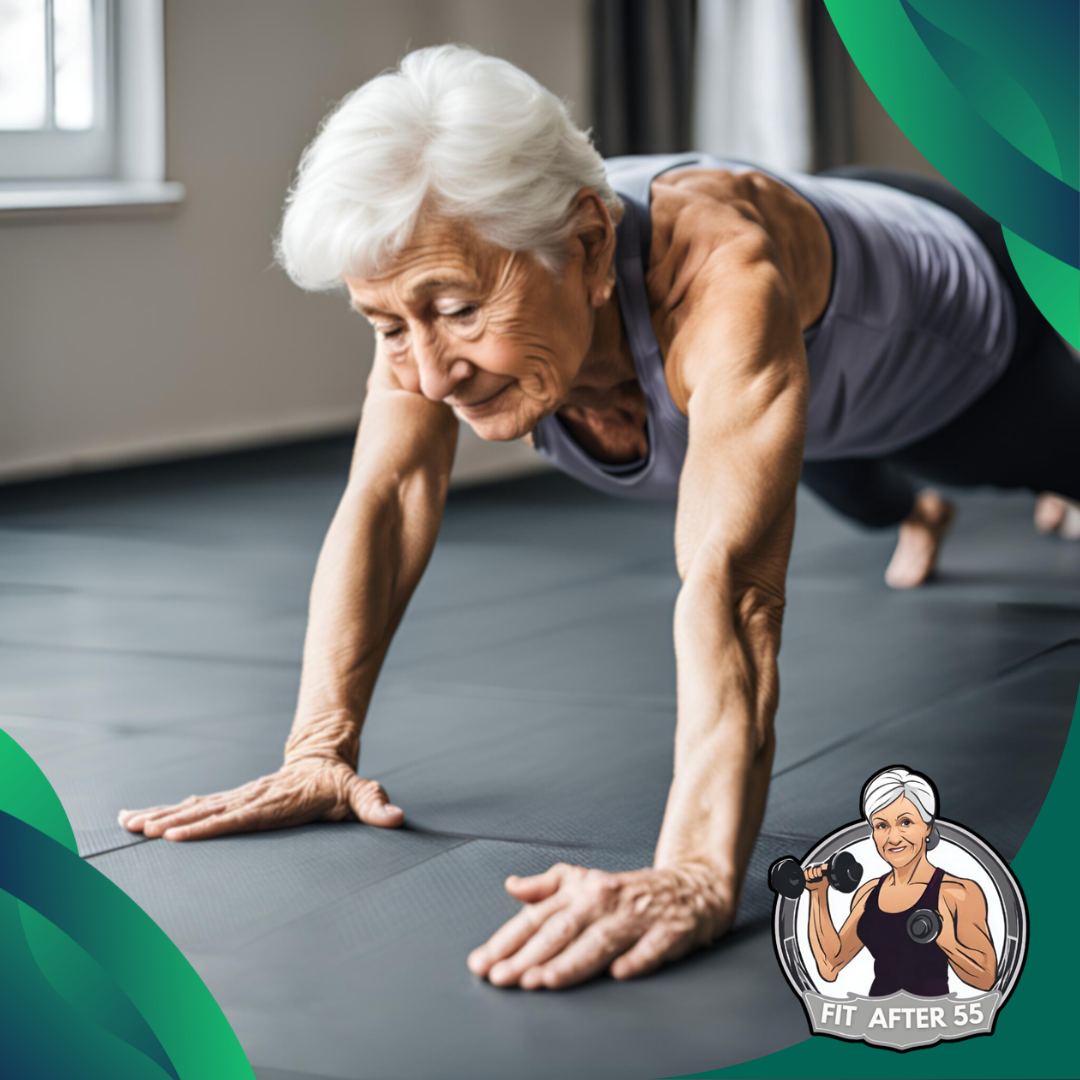
Progressive Overload in Static Holds
Start with short holds and slowly increase time. Aim to add 5-10 seconds each week. When you can hold for 60 seconds, try a harder variation.
For example, with wall handstands, begin with your feet against the wall. As you get stronger, move your hands farther from the wall. This increases difficulty.
Use a timer to track your progress. Record your hold times in a journal or app. This helps you see improvement and stay motivated.
Maintaining Proper Form
Good form is crucial for safety and effectiveness. Focus on body alignment and muscle engagement.
For a plank:
- Keep your body straight from head to heels
- Engage your core and glutes
- Don’t let your hips sag or lift too high
Body awareness is important. Pay attention to how your muscles feel during the hold. If you notice shakiness or loss of form, end the hold and rest.
Ask a friend to check your form or use a mirror. Video yourself to spot areas for improvement.
Breathing Techniques During Holds
Proper breathing helps you maintain holds longer. It keeps your muscles oxygenated and helps you stay calm.
Try this breathing pattern:
- Inhale deeply through your nose for 4 counts
- Hold your breath for 2 counts
- Exhale slowly through your mouth for 6 counts
Practice belly breathing. Put your hand on your stomach and feel it rise as you inhale. This helps engage your core.
If you feel dizzy or lightheaded, stop the hold and take a few normal breaths. Never hold your breath during static holds.
Programming Your Routine
Static holds can boost your strength and grip when added to your workout plan. You’ll need to schedule your training, mix holds with other exercises, and allow time for recovery.

Scheduling Static Holds Training
Start with 2-3 static hold sessions per week. Space them out to let your muscles recover. Try Monday and Thursday, or Monday, Wednesday, and Friday.
Keep your workouts short at first. Aim for 15-20 minutes total. As you get stronger, you can do longer sessions.
Pick 3-4 different hold exercises each time. This helps work different muscle groups. Mix up your grip positions to target various parts of your forearms and hands.
Incorporating Holds Into Full Workouts
Add static holds to the end of your regular workout. This ensures you don’t tire out before your main exercises.
Try pairing holds with opposite muscle groups. For example, do a plank hold after chest exercises. This balances your workout and saves time.
Use static holds as active rest between sets. Hold a weight for 30 seconds while you recover from a heavy lift. This keeps your muscles working without overloading them.
Recovery and Rest Days
Give yourself at least one full day of rest between static hold workouts. This lets your muscles rebuild and get stronger.
Listen to your body. If your grip feels weak or your muscles are sore, take an extra day off.
Use light stretching or foam rolling on rest days. This can help reduce muscle tightness and improve recovery.
Stay hydrated and eat protein-rich foods. This supports muscle repair and growth. Aim for 7-9 hours of sleep each night to help your body recover fully.
Monitoring Progress
Tracking your static hold progress is crucial for improvement. It helps you stay motivated and adjust your training as needed.
Setting Realistic Goals
Set clear, achievable goals for your static holds. Start by aiming to hold a position for 10-15 seconds. Gradually increase your target time as you get stronger.
Break down long-term goals into smaller milestones. For example, if you want to hold a handstand for 60 seconds, set monthly targets to increase your hold time by 5-10 seconds.
Use a goal-setting canvas to visualize your objectives. Write down your current abilities, desired outcomes, and the steps needed to reach them.
Tracking Your Improvements
Keep a training log to record your static hold times and repetitions. Note the date, exercise, hold time, and how you felt during each session.
Use a stopwatch or timer app to accurately measure your hold times. This precision helps you see even small improvements over time.
Take progress photos or videos every few weeks. Visual evidence can be motivating and help you spot form improvements that numbers alone might miss.
Consider using a progression guide to track your advancement through different static hold variations. Move to more challenging versions as you master easier ones.
Common Mistakes to Avoid
When doing static holds, it’s important to be aware of potential pitfalls. Proper technique and smart training practices will help you get the most benefit while avoiding injury.
Avoiding Overtraining
Don’t do static holds every day. Your muscles need time to recover between workouts. Start with 2-3 sessions per week.
Limit hold times at first. Begin with 10-30 second holds. Gradually increase duration as you get stronger.
Listen to your body. If you feel pain or extreme fatigue, stop the exercise.
Mix up your routine. Don’t just do planks. Try different static holds to work various muscle groups.
Take rest days seriously. Getting enough sleep and proper nutrition is key for muscle recovery.
Correcting Poor Form and Misalignments
Keep your body in a straight line during planks. Don’t let your hips sag or your back arch. Squeeze your glutes and core to maintain proper alignment.
Breathe steadily. Don’t hold your breath during static holds. This can raise blood pressure.
Watch your neck position. Keep it neutral, not strained forward or back.
In wall sits, keep your knees directly over your ankles. Don’t let them cave inward.
For arm holds, engage your shoulder blades. Don’t let them round forward.
Use a mirror or video yourself to check your form. Small adjustments can make a big difference in effectiveness and safety.
Nutrition and Hydration

Proper nutrition and hydration are key for success in static hold exercises. These factors help build strength and endurance.
Nutritional Guidelines for Strength Training
Eat a balanced diet with plenty of protein. Aim for 1.6 to 2.2 grams of protein per kilogram of body weight daily. Good sources include lean meats, fish, eggs, and legumes.
Carbohydrates are important too. They give you energy for workouts. Choose whole grains, fruits, and vegetables.
Don’t forget healthy fats. They help with hormone production. Include nuts, seeds, and avocados in your meals.
Timing matters. Eat a meal with carbs and protein 2-3 hours before your workout. Have a snack with both 30-60 minutes after exercising.
Take rest days to let your body recover. On these days, you can slightly reduce your calorie intake.
Staying Hydrated During Workouts
Drink water throughout the day. Don’t wait until you’re thirsty. Aim for 8-10 glasses daily.
During static hold exercises, sip water every 15-20 minutes. This helps prevent dehydration.
For longer workouts, consider a sports drink. It replaces electrolytes lost through sweat.
Watch for signs of dehydration. These include dark urine, dizziness, and dry mouth.
Avoid alcohol before workouts. It can lead to dehydration.
After exercising, drink enough to replace fluids lost. Weigh yourself before and after to gauge how much you need.
Static Holds for Beginners: A Final Word
Static holds for beginners offer a powerful and accessible way to enhance strength, stability, and overall fitness. By understanding the fundamentals, mastering proper form, and incorporating them into your routine, you can unlock the full potential of these exercises.
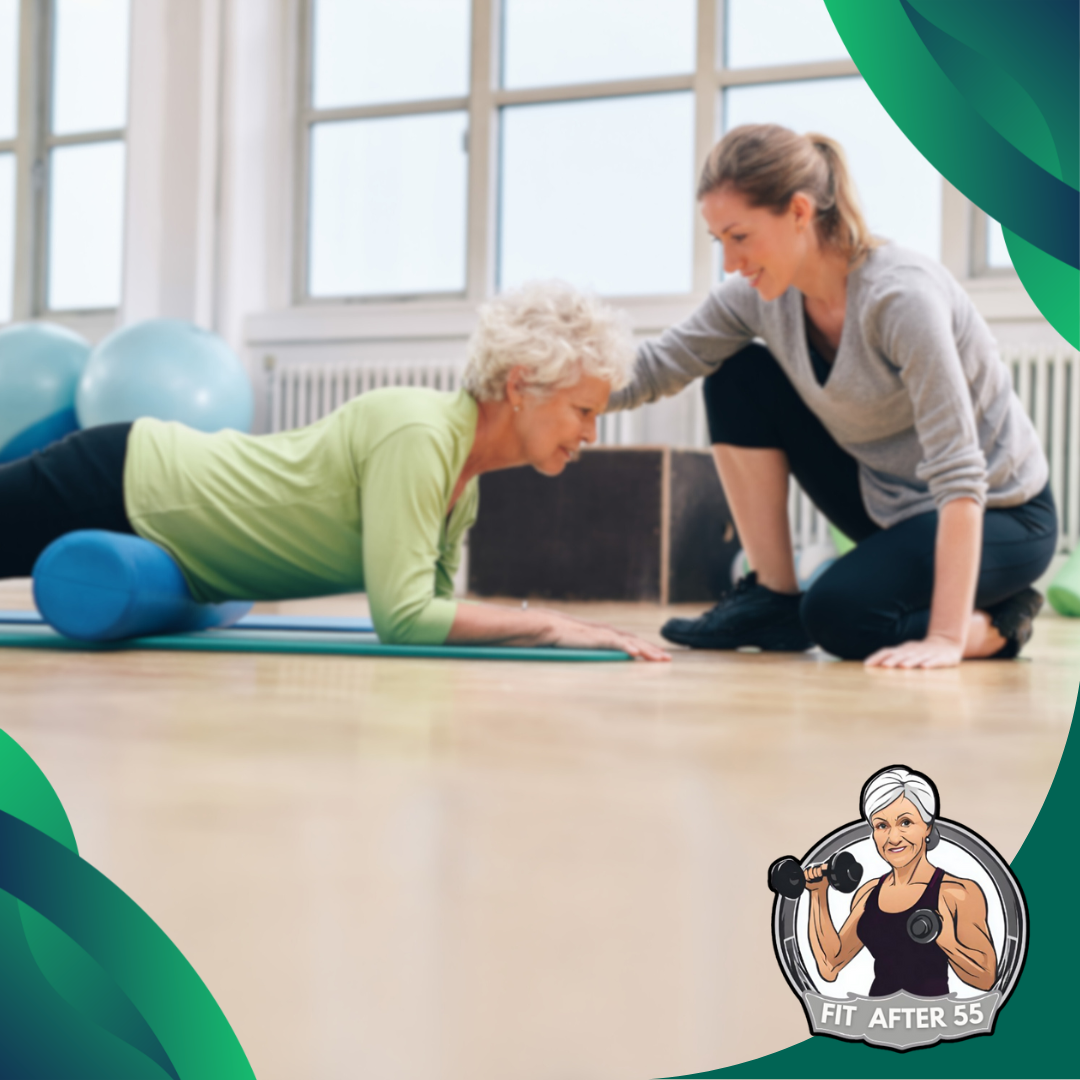
Throughout this guide, we’ve explored the benefits of static holds, such as building muscle, improving endurance, and enhancing mind-muscle connection. We’ve also covered key concepts like isometric contractions and time under tension, providing you with the knowledge to effectively execute these exercises.
Remember to start with bodyweight exercises and gradually progress as you gain strength. Pay attention to proper form to avoid injuries and maximize results. By incorporating static holds into your workout routine, you’ll discover a valuable tool for achieving your fitness goals.
So, what are you waiting for? Start your journey with static holds today and experience the transformative power of these simple yet effective exercises.
Frequently Asked Questions
Static holds are simple yet effective exercises for beginners. They help build strength and endurance in specific muscle groups. Let’s address some common questions about static holds for newcomers.
How long should a beginner hold a static exercise position?
For beginners, holding a position for 2-5 seconds is a great start. As you get stronger, you can increase the duration. Aim to gradually build up to 30-60 second holds for most exercises.
Can you provide a step-by-step guide to performing a static dumbbell hold?
- Choose a weight you can comfortably hold.
- Stand with feet shoulder-width apart.
- Lift the dumbbells to your sides, arms straight.
- Keep your core tight and shoulders back.
- Hold this position for the desired time.
What muscles are targeted when doing static hold exercises?
Static holds target various muscle groups depending on the exercise. Planks work the core, back, and shoulders. Wall sits focus on legs and glutes. Chin-up holds strengthen arms, back, and chest muscles.
What are the recommended sets and repetitions for static hold exercises for a novice?
For novices, start with 2-3 sets of each exercise. Hold each position for 5-10 seconds. Perform these exercises 2-3 times a week. As you progress, increase the hold time and number of sets gradually.
Are static hold exercises suitable for seniors, and if so, which ones are recommended?
Static holds can be suitable for seniors when done safely. Wall sits and seated leg lifts are good options. Always consult a doctor before starting any new exercise routine. Start with short hold times and use support if needed.
Take Your Fitness Further!
Static holds are a fantastic starting point, but there’s a whole world of fitness out there waiting for you!
Head over to our website, fit-after-55.com, for engaging content, product reviews, and a supportive community dedicated to helping people of all ages reach their fitness goals. Join us on Facebook (https://www.facebook.com/profile.php?id=61557390788711) to connect with like-minded individuals and get inspired on your fitness journey!

